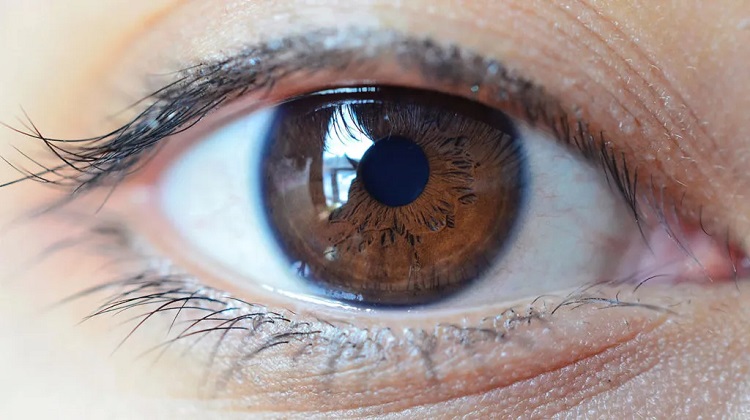A pupil measurement is one of the most common medical tests used by doctors, optometrists, and neurologists to diagnose and monitor various conditions or diseases that affect the brain, such as traumatic brain injuries, brain tumors, or stroke.
Pupil measurement tools can help medical professionals check if a patient has any signs of neurological damage, such as memory loss or difficulty concentrating on specific tasks.
But which tools are the most accurate and reliable? Let’s look at the different pupil diameter measurement tools and how they work.
Slit lamps
A neuro exam is the type of examination that doctors use to check the health of a patient’s brain and nervous system. The exam includes several tests and tools, including measuring the size of a patient’s pupils with a slit lamp.
A slit lamp is an instrument that allows medical professionals to shine light into the eyes and inspect them closely. It features a light source that produces a thin, bright light beam. This beam is focused onto the eye’s surface by a lens and reflected as an image that a doctor can view through eyepieces.
The slit lamp allows doctors to view the eyes in incredible detail and see things that wouldn’t be visible otherwise.
Tonometers and visual field tests
Some neurological tools used during an exam include tonometers and visual field tests. A tonometer is an instrument that measures the pressure inside the eye.
It does this by using light or sound waves to create an image of the cornea, which is then used to determine whether certain types of pressure may be present.
Doctors can then use this information to assess whether the brain has swollen or something else is causing the pressure. Visual field tests also use light or sound waves to produce an image, but instead of measuring pressure, they measure how well a person can see in different directions.
Pupilometers
Every comprehensive and accurate neurological exam involves pupil evaluation as an essential part of the exam. NPi Pupilometers are devices that measure a person’s pupil size to assess how well their eyes function and how much light they can take at once.
They do this by shining a light into one eye, measuring the amount of light coming back through both pupils, then comparing those values with what is considered normal.
The pupilometers offer several benefits over the traditional pupil evaluation method, which uses a penlight. Penlights can be challenging for patients to hold still or cause them to blink at an inopportune time.
These devices are also non-invasive and easy to use so doctors can use them in various situations. They are also very portable, making them ideal for patients on the go or those who are out of their home country and need to have their eyes tested as soon as possible.
Digital Ophthalmoscope
Digital ophthalmoscopes are another device that doctors can use for pupil evaluation. This device is similar to a traditional ophthalmoscope but uses a digital camera instead of an optical lens.
When using the device, doctors will shine light directly into the patient’s eye and take pictures at different angles. The images can then be viewed on a computer screen or printed out and examined by hand.
This tool also helps neurologists check for any signs of damage to the retina, the thin layer of cells that lines the back of your eye. Trauma, stroke, or other health issues can cause retinal damage.
Autorefractor
An autorefractor is a device that measures the refractive error of a patient’s eye. Refraction is the process by which light travels through the cornea and lens, allowing someone to see clearly.



